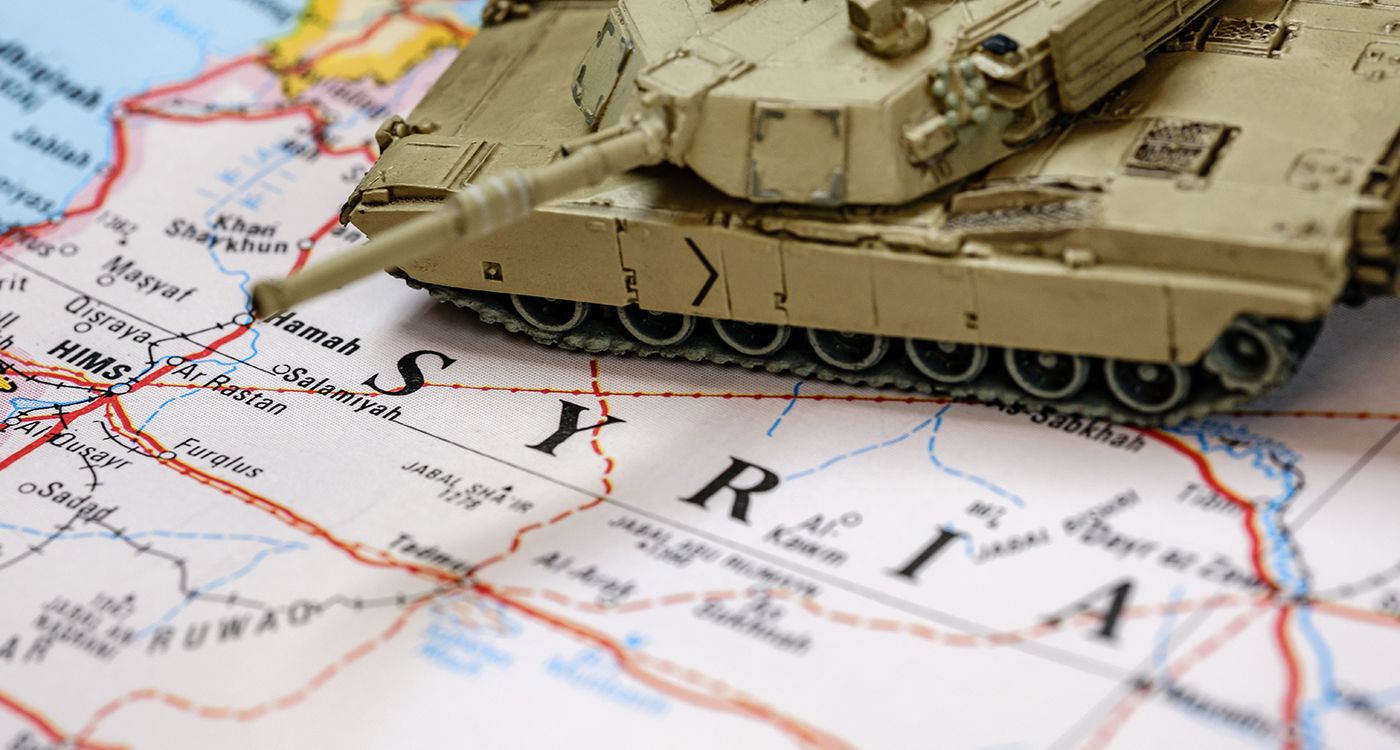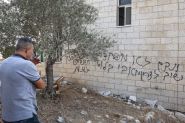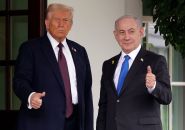- Home
- Middle East
- Could Syria Break Again? The Ghost of Civil War and Israel’s Strategic Calculus

©shutterstock
In the swirling dust of a broken Syria, the ghosts of war aren’t just whispering, they’re knocking loudly on the door.
Just months after the fall of Bashar al-Assad in December 2024, Syria appears to be at a crossroads: Will it finally stumble its way into fragile unity, or will it fracture further into sectarian enclaves and foreign protectorates? Over the past 48 hours, we’ve seen renewed violence targeting the Druze community, alarming reports of Alawite-Christian autonomy bids, Israeli airstrikes creeping eastward and the same old players—Turkey, Russia and Iran—maneuvering like chess masters over a shattered board.
Yet, if you want to understand what’s really at stake here, look not just at the rebels or the regime, but at the maps being sketched quietly in Tel Aviv and Ankara, and at the lines being drawn in blood from Suwayda to Idlib.
Here’s the problem: Syria never really stopped being a battlefield. It just paused for breath.
In the vacuum left after Assad’s exit, the interim government led by Ahmad al-Sharaa (the former HTS leader) has struggled to become more than a patchwork of checkpoints and press statements. Sectarian violence is on the rise. The Druze in the south are under attack again, reportedly by remnants of ISIS and Al Qaeda with suspicious Turkish links. Alawites and Christians are arming and seeking protection from Russia. Kurds are hedging their bets, wary of the HTS-tinged government in Damascus. It looks less like transition and more like disintegration.
What we’re seeing isn’t just violence, it’s fragmentation, a kind of soft partitioning where every group eyes a future federal statelet backed by a different power. Syria is becoming a geopolitical mosaic of enclaves: Russian-backed Christian-Alawite zones, a US-nodding Kurdish corridor, an Israeli-flirted Druze buffer and a Turkish-monitored northern Sunni strip. Which brings us to Israel.
For Jerusalem, a whole, functioning Syria is a national security nightmare. A united Damascus revives the Golan threat and complicates border stability. But a fractured Syria? That’s a manageable jigsaw. A Kurdish region to the northeast? Friendly. A Druze-controlled buffer zone along the southwest? Protective. An Alawite coast under Russian influence? Predictable.
And that, analysts suggest, is why Israeli jets continue to fly uninvited over Homs and Palmyra. The Israeli doctrine here seems clear, it consists of keeping Syria too weak to threaten, but not so broken that jihadists roam freely. A federal Syria—weak, decentralized, easily influenced—is the preferred reality. And recent support or silent nods to Druze self-rule only confirm this quiet vision. Will it lead to a new civil war? Not necessarily. But Syria is dangerously close to entering what we might call “Civil War 2.0,” a low-intensity, high-fragmentation conflict driven less by ideology than by identity and external manipulation.
The new government has tried to stem the tide. Merging Kurdish SDF forces into the national army in March was a step forward. Promises of investigations into massacres give the appearance of authority. But in the words of one Syrian analyst, “Al-Sharaa controls the microphones, not the militias.”
The longer sectarian attacks go unpunished—like the massacres in Jarama and Latakia—the more likely we are to see local security councils, not national institutions, take charge. Think of Bosnia in the 1990s with a Middle Eastern twist. And once that kind of informal fragmentation becomes the norm, the road to reintegration gets exponentially harder. What happens next won’t be decided in Damascus alone.
Russia still maintains a military foothold in western Syria and may be quietly supporting autonomy bids by Alawites and Christians. Turkey eyes airbases and border zones, wary of both the Kurds and a resurgent Assadist deep state. Meanwhile, the US has reduced its footprint, but its diplomats and IMF advisors are pushing for economic reconstruction—although it may be too late.
And all of them know that every drone strike, every refugee movement, every militia skirmish in Syria doesn’t just affect Syria, it ripples across Lebanon, Iraq, Israel, Jordan and beyond.
So, could Syria slide back into civil war? Not in the classical sense. But a new, more insidious form of conflict is emerging, a war of autonomy claims, foreign-sponsored protectorates and ethnic cleansings that fly below the radar of traditional warfare. Think less Aleppo 2016 and more Beirut 1984.
Unless Sharaa’s government can rein in the militias, deliver justice and project actual authority, and unless foreign powers stop redrawing Syria for their own security doctrines, this fragile country may not fall apart again. It may simply melt into a map no one will recognize.
And in that map, Israel may see security. But Syrians will see another lost generation.
Read more




Comments